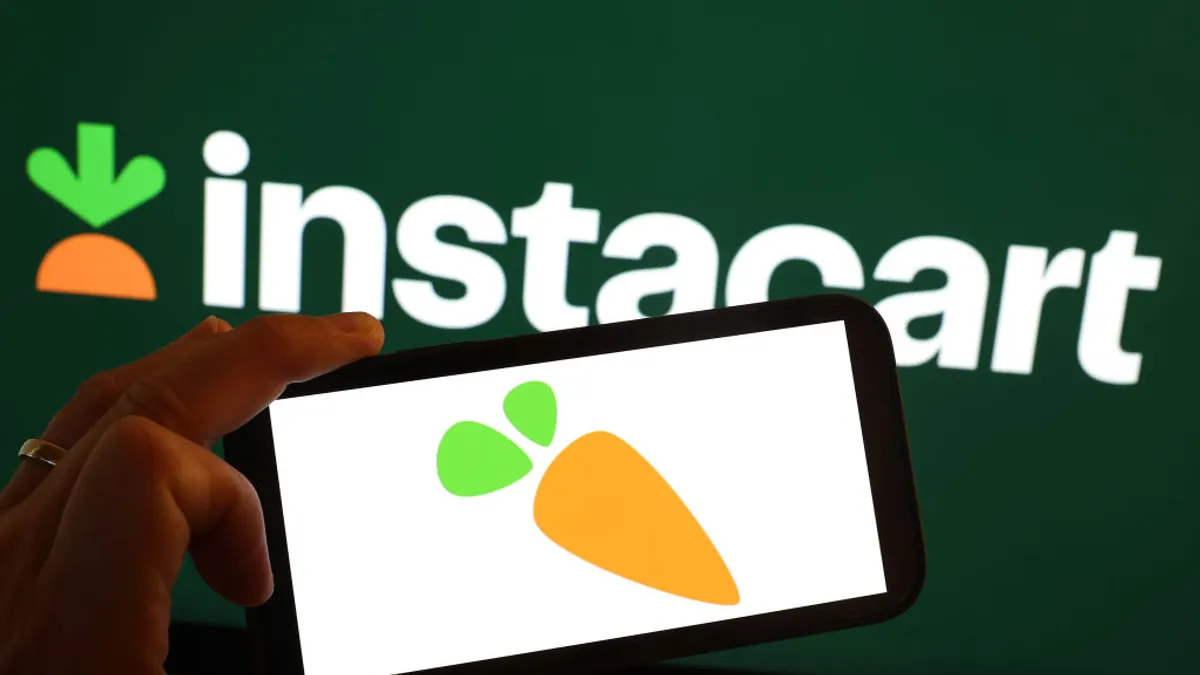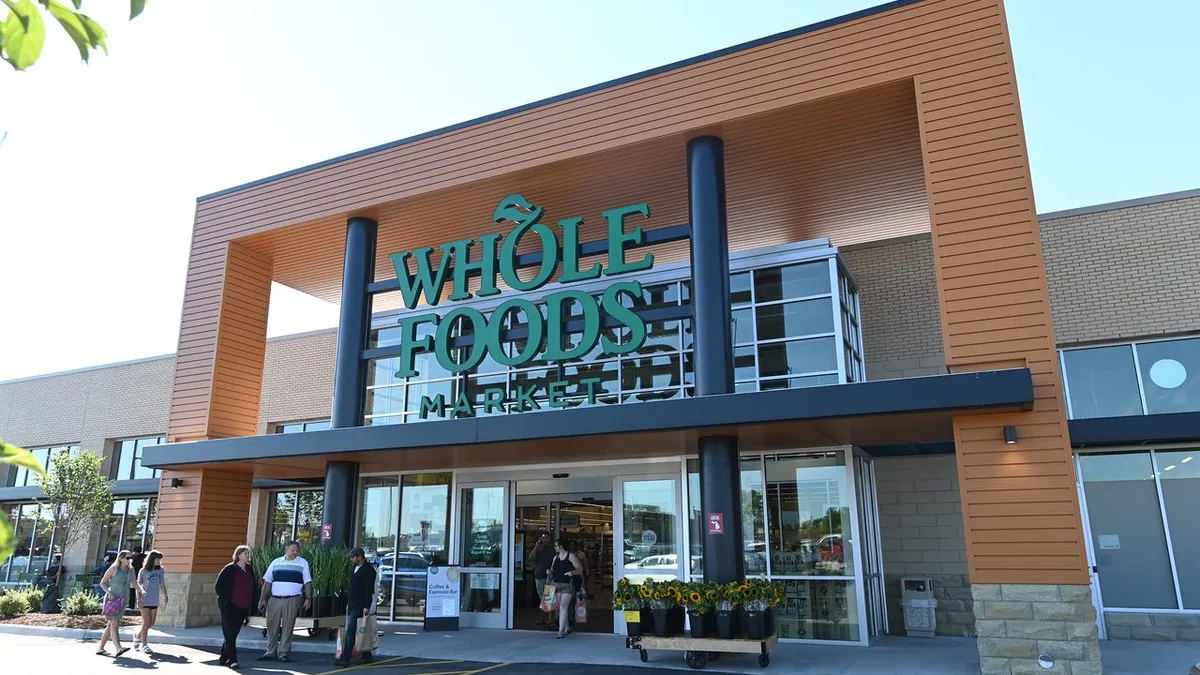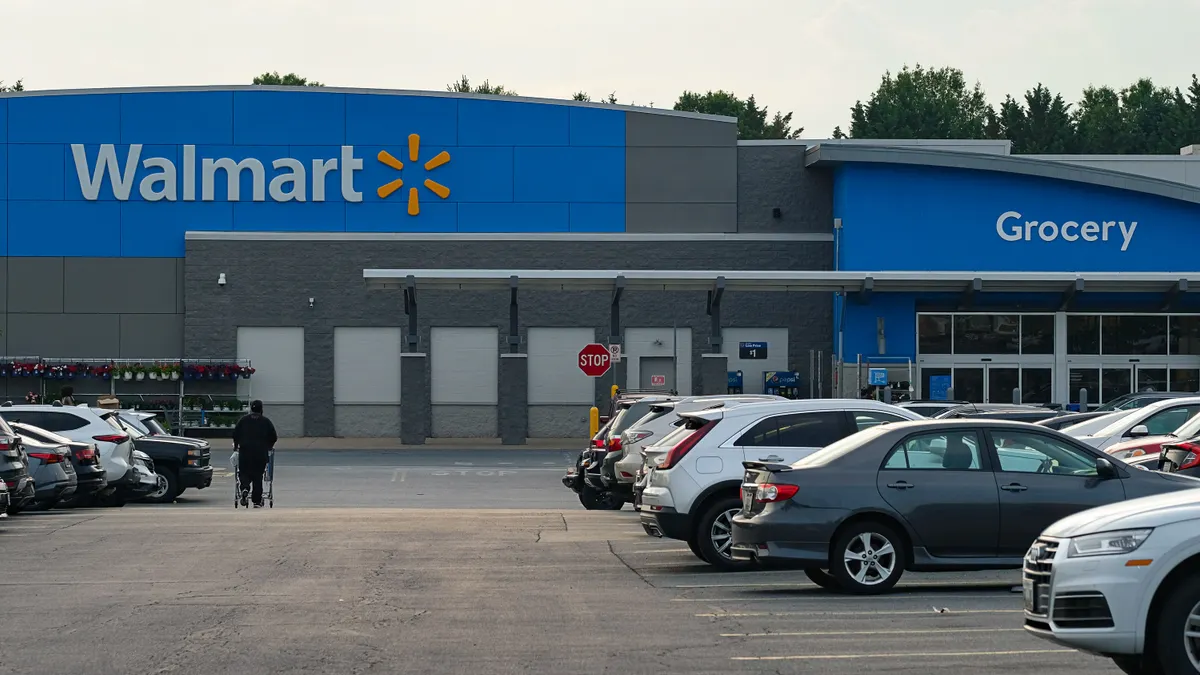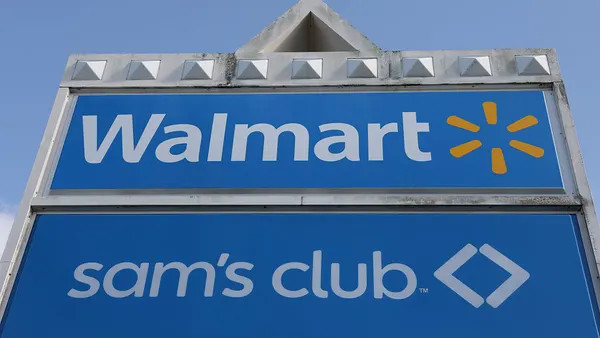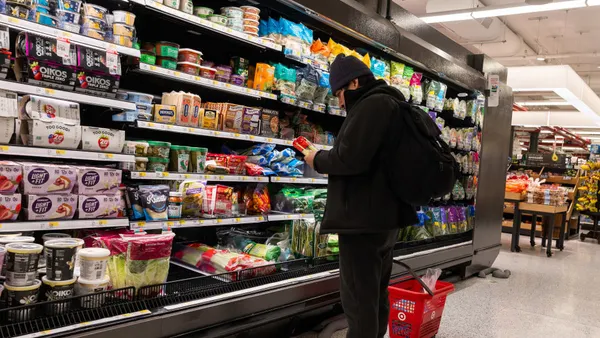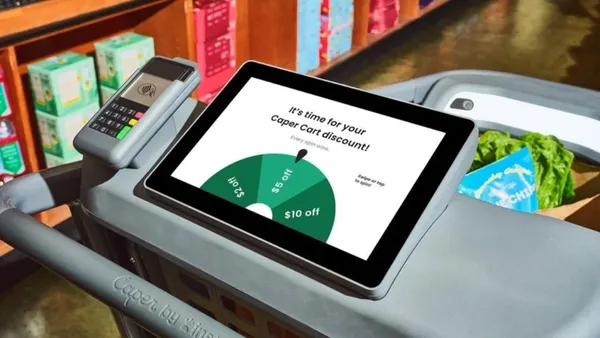Dive Brief:
- Instacart beat Wall Street estimates with its second-quarter results, recording a 17% year-over-year increase in orders and its sixth consecutive quarter of double-digit growth in gross transaction value.
- During Q2, which ended June 30, the company saw increased order frequency and user growth drive its increase in GTV, CFO Emily Reuter said on the Thursday earnings call.
- Instacart is focused on deploying its technologies like smart carts to bridge digital and physical shopping, CEO Fidji Simo told investors.
Dive Insight:
Instacart is making progress on broadening its offerings from third-party e-commerce solutions to an omnichannel player, executives told investors on the Thursday earnings call.
The company is seeing “virtuous circles” between its smart carts, called Caper Carts, and electronic shelf label technology, called Carrot Tags, Simo said.
“It’s still early, but I’m incredibly optimistic about the role Instacart will play as the retail enablement partner that will transform omnichannel retail and accelerate growth across our ecosystem,” Simo said.
These “multichannel customers” are more valuable than customers who only shop online or only buy in store, she noted. To promote omnichannel shopping, the company is offering coupons to incentivize people to reorder items previously bought using the smart carts through the Instacart-powered online storefront for that retailer, Simo said.
Another part of Instacart’s success is its continual onboarding of new retailers and its expanding existing partnerships, Simo noted. During the first half of the year, Instacart added over 40 new retailers to its e-commerce solutions — already surpassing the roughly 30 retailer partnerships it launched in 2024, according to a shareholder letter.
Simo added that Instacart is disciplined in its operations by focusing on scale and efficiency, like batching more orders and “shaving seconds and pennies off of our delivery cost per order.”
In Q2, Instacart continued to make quarter-over-quarter gains in total revenue, advertising and other revenue, and GAAP gross profit. The average order value dipped by 5% compared with the same time last year, mainly due to the addition of restaurant orders and a lower basket minimum of $10 for Instacart+ members, Reuter said.
Instacart’s financial performance has improved since its IPO
Instacart is also continuing to see Instacart+ adoption grow, with members continually representing more of its monthly users, Reuter said. Instacart has worked to boost the value of the membership program through restaurant options, the reduced basket minimum, reciprocal members with Peacock and New York Times Cooking and family accounts that allow multiple people to use a single membership, she added.
“[Instacart+ members] are the most loyal and high-spending customers that we have. … It’s an area we’ll continue to invest in,” Reuter said, adding that they spend “significantly more GTV on average” than people who aren’t members.
The call marked the last Instacart earnings call for Simo, who is leaving the grocery technology company to become CEO of OpenAI Applications. Instacart Chief Business Officer Chris Rogers will become CEO on Aug. 15.



